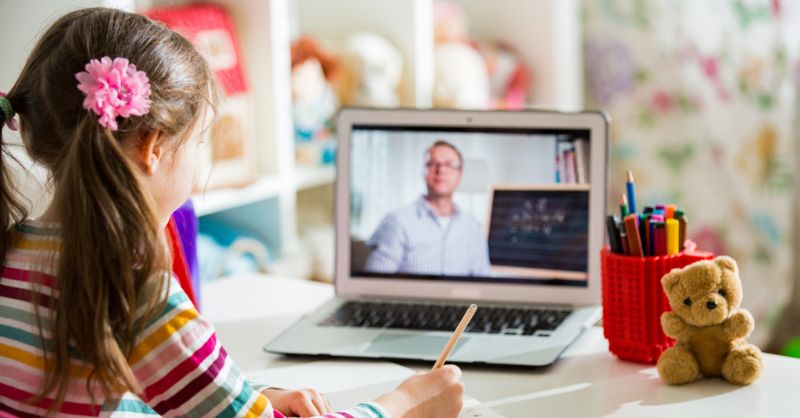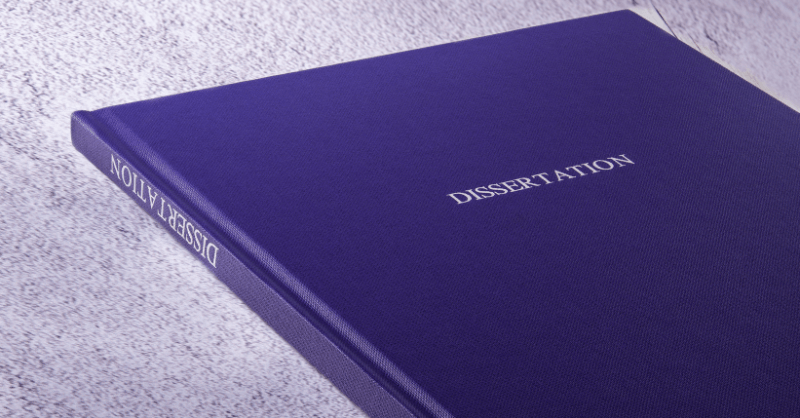When used correctly, YouTube can be an excellent learning platform for young people. You may be skeptical about using YouTube if you’re an instructor or a parent. With its vast repository of video content, YouTube offers an unparalleled platform for educators and learners alike to explore complex concepts, tutorials, and lectures in a more engaging and accessible format. However, the effectiveness of educational content is not solely dependent on the quality of information provided but also on the level of engagement it receives.
Engaging with your audience through YouTube comments likes can significantly enhance the visibility and impact of your educational videos, fostering a more interactive and enriched learning environment. This post will explain how instructors can use YouTube for educational purposes.
The Youth Learn Through YouTube
Most young people prefer to learn from YouTube rather than books, with over 60% preferring the social media platform. This information is from a Pearson study 2018, so this number will be even higher in the 2020s.
Many instructors and parents may mourn the loss of books, and rightfully so. But fighting against change isn’t the right strategy. There are many reasons why the youth may prefer to learn from YouTube. It’s much easier to consume a video while doing chores or other housework. The visuals and snappy narration of YouTube videos are more engaging to the youth than most books.
Instead of trying to prevent the youth from watching YouTube, perhaps you can use YouTube in your education. After all, using YouTube videos is not much different than playing an episode of Bill Nye or The Magic School Bus. As long as you know how to implement YouTube smartly, you can help reach the youth.
Some Tips on How to Implement YouTube for Education
As you probably know, YouTube has many videos with misinformation or inappropriate content, which can make some educators weary. However, there are also plenty of videos that are educational and appropriate for kids. Here are some tips to help you separate the digital wheat from the chaff.
Use the Right Keywords
If you wish to teach children a subject, enter some keywords in the search bar. Usually, YouTube will list the most watched videos on the subject, which can help you choose the videos you want to show your kids.
Use Reliable Channels
When you want to educate your students, you must always choose videos from channels that are verified and proven to provide information. For example, if you want to get your kids more interested in reading, try Reading Rainbow’s channel.
If you’re unsure how reliable the channel is, research outside YouTube. Some channels may be significant, but the information they provide is unreliable. If you’re still unsure, fact-check the information yourself.
Use YouTube Kids
If you’re teaching kids under 13, we highly recommend using YouTube Kids. This version of YouTube only shows videos made for children. It’s an excellent place to find videos that educate a younger audience with less of a chance of inappropriate content and no chance of inappropriate comments. Always double-check to see if the video is appropriate for children. Some nasty videos do slip under the cracks at times.
Have a Playlist
Create an account specifically for education and add some videos to a playlist. You may create multiple playlists for different subjects. This will not only make it more convenient but also reduce the risk of YouTube auto playing an irrelevant video when the previous video is done.
Make Your Own Videos
Many teachers are making their own YouTube videos as supplemental educational materials. Consider that. You don’t need to be a fantastic video editor; you need a decent camera, light, and microphone. Also, you need to sound engaging. Adding some graphics to your videos can help your students stay interested. Plus, unlike real life, your students can play you at 1.5 speed if they think you’re too slow.
If you don’t want your videos to go outside of your class, you can make them private and set it so that only your students’ emails can watch them. If that’s too much of a hassle, you can make your video unlisted and send the students the link.
It Doesn’t Always Have to Be Educational
Besides education, you can open your class with a funny video. This can keep your students engaged, and the video can transition into the lesson you’re about to teach.
Final Thoughts
Again, we can’t stress that teachers shouldn’t fight against YouTube for children. As long as the teacher curates the videos they show the students, it can be a great learning tool. YouTube is not a substitute for a teacher and academic sources. However, it can be a great supplemental learning tool to keep students engaged. We hope this article was helpful.







 April 01, 2024
April 01, 2024






